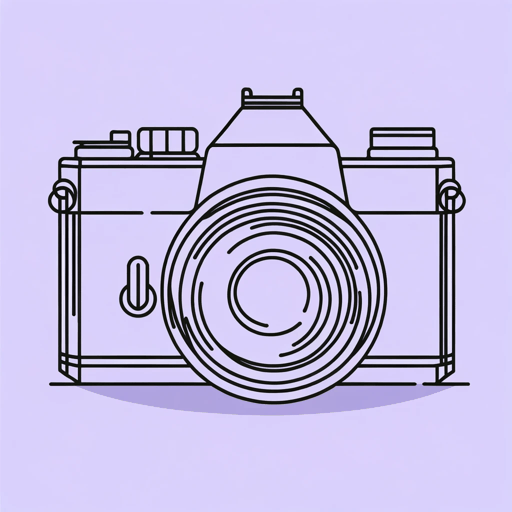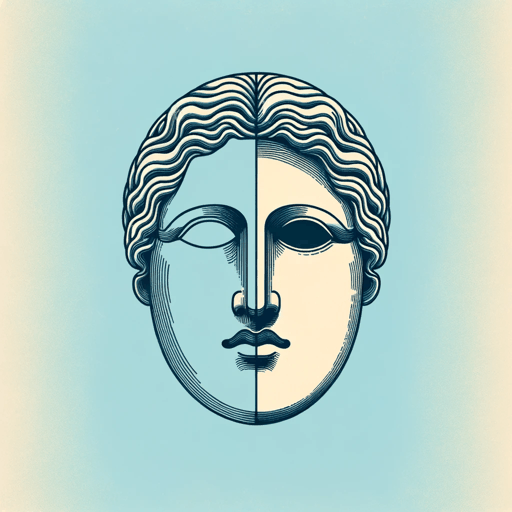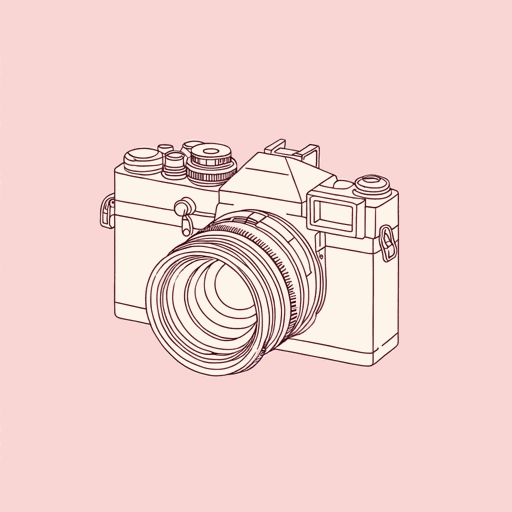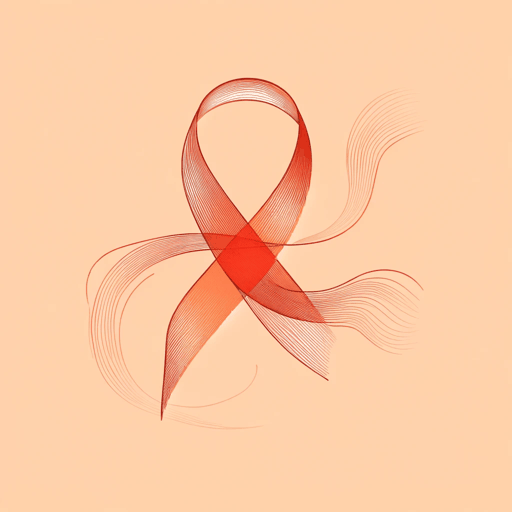46 pages • 1 hour read
Susan SontagOn Photography
Nonfiction | Essay Collection | Adult | Published in 1977A modern alternative to SparkNotes and CliffsNotes, SuperSummary offers high-quality Study Guides with detailed chapter summaries and analysis of major themes, characters, and more.
“Melancholy Objects”Chapter Summaries & Analyses
“Melancholy Objects” Summary
“Melancholy Objects” explores Sontag’s final assertion in the previous essay that American photography is highly melancholic. She explores this melancholy through photography’s connections to surrealism and how the passage of time affects photographs. Sontag believes that time makes any photograph surreal, or hyper-real in a way that feels disconnected from the present. The passage of time allows people to hold and see the past in the form of photographs, immortalizing a person’s youth or suffering. Sontag compares the photograph consumer to the middle-class flâneur, who likewise tours places and experiences that aren’t their own in the world’s “dark seamy corners” (43). Time’s unique effect makes the flâneur-like experience of photography surreal by preserving past examples of wealth and poverty for current-day consumption as entertainment.
Sontag notes that two general types of photographers exist in relationship to melancholy; the scientist and the moralist. Scientists, like German photographer August Sander, want to catalogue, record, and document every facet of a particular aspect of reality through the camera. Sontag calls this a “pseudo-scientific neutrality,” since the photographers’ bias is always visible through how they choose to pose and capture their subjects.
Related Titles
By Susan Sontag
Featured Collections
Art
View Collection
Beauty
View Collection
Books About Art
View Collection
Business & Economics
View Collection
Challenging Authority
View Collection
Colonialism & Postcolonialism
View Collection
Jewish American Literature
View Collection
National Book Critics Circle Award...
View Collection
Nation & Nationalism
View Collection
Philosophy, Logic, & Ethics
View Collection
Power
View Collection
Sociology
View Collection





